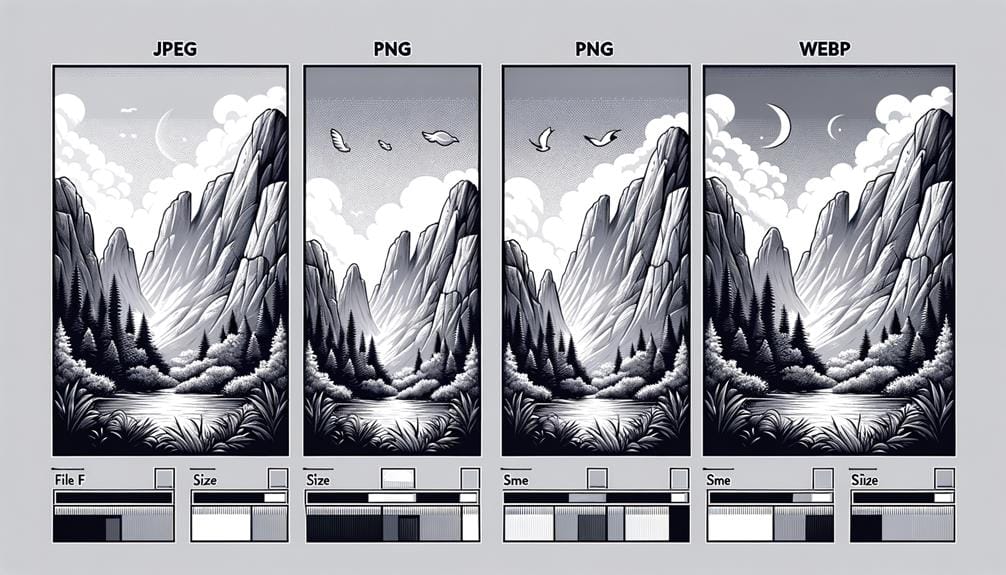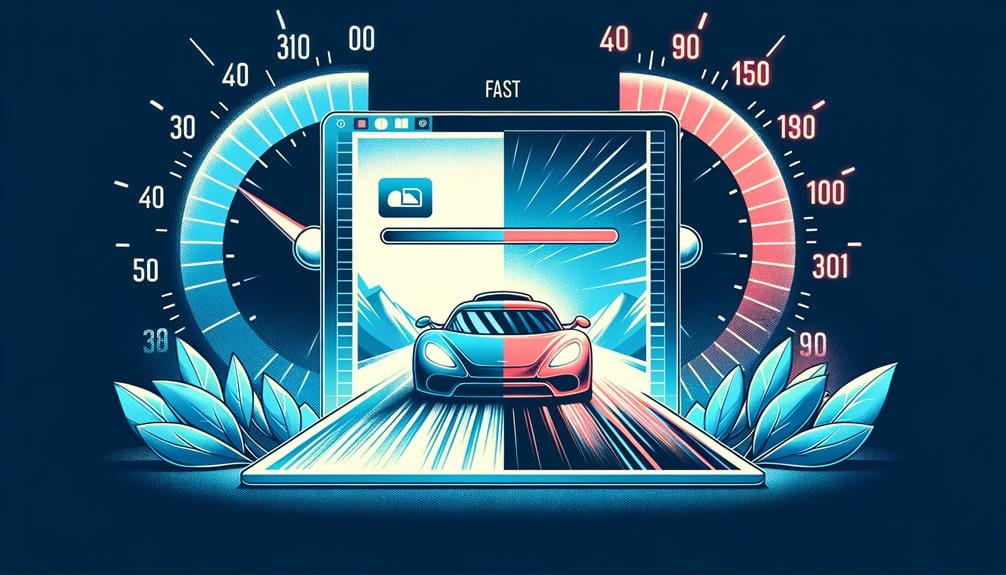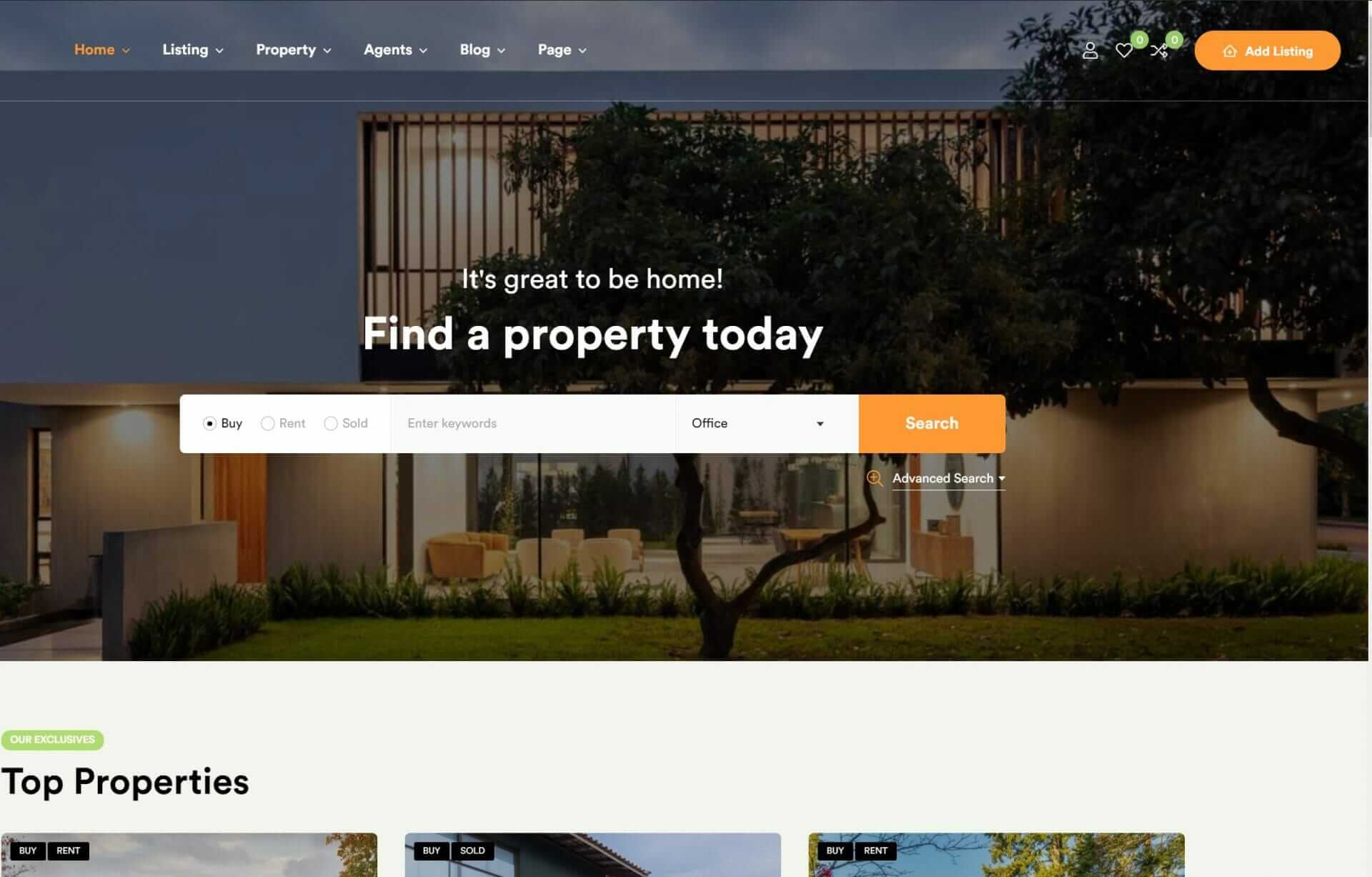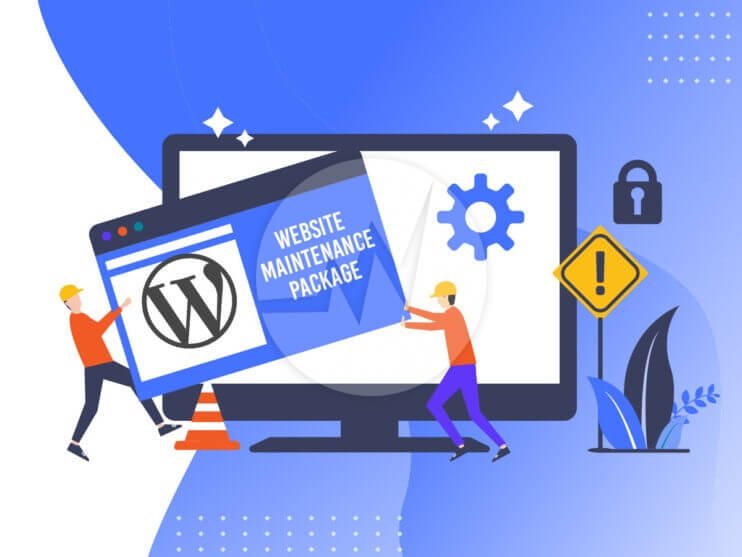You can greatly enhance your website’s performance and user experience by implementing effective image optimization techniques. By selecting the appropriate image file formats, such as WebP, JPEG, or PNG, and compressing images using tools like TinyPNG or Imagify, you can reduce the file size of your images while maintaining their quality. This leads to quicker page loads, improved search engine rankings, and a better overall user experience. Additionally, resizing images to fit screen sizes and utilizing responsive image delivery methods can further improve performance. By mastering these techniques, you’ll be well on your way to accessing more advanced strategies for optimizing your website’s images.
Benefits of Image Optimization
When you optimize images on your website, you’ll greatly enhance the overall user experience and accelerate page loads. By reducing file sizes, you’ll improve your website’s loading speed, making it more enjoyable for visitors to browse and engage with your content.
But that’s not all – optimized images can also boost your SEO performance and increase your search engine rankings. This is because search engines like Google favor websites that load quickly and provide a seamless user experience.
Image Optimization Best Practices

You’re now ready to put image optimization into practice, and it all starts with choosing the right image file formats for your website. By selecting the most suitable format, whether it’s JPEG, PNG, or GIF, you’ll be able to strike the perfect balance between visual quality and file size.
As you explore image optimization best practices, you’ll also learn how to compress your images effectively online, ensuring your website loads quickly without sacrificing the visual experience.
Choosing Image File Formats
Selecting the right image file format is an important step in optimizing images for the web, as it directly impacts page loading speeds and overall website performance. You’ll want to choose a format that offers the best compression and quality for your images.
Here are some key considerations:
- WebP: Offers up to 34% smaller file sizes than JPEG and PNG, making it a great choice for web optimization.
- JPEG: Suitable for photos and images with many colors, but can result in larger file sizes.
- PNG: Ideal for images with transparent backgrounds or simple graphics, but can also result in larger file sizes.
- Compression: Look for formats that support lossy and lossless compression, like WebP, to achieve the best balance between quality and file size.
Compressing Images Effectively Online
To maximize website performance, compressing images effectively online is essential, and it all starts with understanding the right tools and techniques to use.
You’ll want to utilize Image Optimization Tools that can help you Optimize Images for Web, like TinyPNG and Imagify, which use smart lossy compression algorithms to reduce image sizes without sacrificing quality. An Image Optimizer can notably reduce page weight, benefiting SEO and user experience.
When it comes to compression, you’ve got two main options: lossless and lossy compression. Lossy compression removes non-essential image data, making it ideal for web optimization. To Compress images effectively, you’ll need to find the right balance between quality level and file size.
Don’t be afraid to Resize Images if necessary. By doing so, you can reduce the file size even further. Remember, the goal is to compress your images without compromising their quality.
Advanced Image Optimization Strategies

Now that you’ve mastered image optimization best practices, it’s time to take your skills to the next level with advanced strategies that can greatly boost your website’s performance.
You’ll learn how to optimize image file formats, leverage advanced compression techniques, and implement responsive image delivery methods to guarantee your images load quickly and look great on any device.
Optimizing Image File Formats
By leveraging modern image file formats, such as WebP and AVIF, you can greatly enhance compression efficiency and boost your website’s overall performance. When it comes to image optimization, choosing the right format is essential.
Here are some key benefits of modern formats:
- Improved compression: WebP supports both lossy and lossless compression, offering significant savings compared to traditional formats like JPEG.
- Enhanced features: AVIF format provides superior compression and supports features like WCG (Wide Color Gamut) and HDR (High Dynamic Range).
- Better web performance: Opting for the right image format can directly impact website loading speed and overall user experience.
- Increased flexibility: Modern formats like WebP and AVIF offer a range of compression techniques to suit different use cases.
Advanced Compression Techniques Used
Mastering advanced compression methods is essential to accessing top-tier image enhancement, allowing you to strike the best balance between image quality and file size.
You’re probably familiar with the two types of compression: lossy and lossless. Lossy compression reduces image accuracy through quantization, making it ideal for high-density images with noise and colors. On the other hand, lossless compression maintains image quality without data loss, commonly used in formats like GIF, PNG, WebP, and AVIF.
To enhance images like a pro, you’ll need to experiment with different compression levels to find that sweet spot between image quality and file size. Don’t worry, advanced image enhancement services can automate compression processes efficiently for optimal results.
Choosing the right compression technique is essential for web optimization, as it directly impacts image quality and file size. By understanding the intricacies of compression, you’ll be able to make informed decisions about which file formats to use and when to apply lossy or lossless compression.
This expertise will elevate your image enhancement game and take your website’s performance to the next level. By applying these image enhancement best practices, you’ll be able to provide a seamless user experience.
Responsive Image Delivery Methods
As you fine-tune your compression techniques, you’ll also want to guarantee that your images are delivered responsively, adapting seamlessly to various devices and browsers. To achieve this, you’ll need to explore responsive image delivery methods that prioritize tailored image selection and browser capabilities.
Here are some advanced strategies to enhance your image optimization:
- Use the `picture` element to prioritize image formats based on device capabilities.
- Incorporate attributes like `srcset` and `sizes` to assist browsers in selecting the most suitable images.
- Employ media queries in the `source` element for tailored image selection according to viewport conditions.
- Adjust `srcset` and `media` attributes to optimize image delivery based on device pixel ratio and viewport size.
Choosing the Right Image Format

Selecting the best image format is important because it directly impacts your website’s performance, balancing quality and file size to ensure a seamless user experience. When you choose the right format for web images, you can notably decrease image size without compromising on image quality.
To optimize your images, you need to pick the best image format that caters to your website’s specific needs. WebP and AVIF are modern formats that offer better compression ratios than traditional formats like PNG and JPEG. These formats are designed to reduce file size while maintaining acceptable image quality, even when loading the full image.
Image Compression and Quality

When it comes to image enhancement, understanding the trade-offs between image compression and quality is crucial for achieving the perfect equilibrium between file size and visual appeal. You’ll want to take into account two primary types of image compression: lossy and lossless.
Lossy compression reduces image size by discarding some data, making it ideal for photos with intricate details. On the other hand, lossless compression maintains image quality by compressing data without loss, suitable for graphics and line art.
Here are some key points to keep in mind when working with image compression and quality:
- Use JPEG format for photos and PNG format for images with transparency or simple graphics.
- Experiment with compression quality settings to balance image size and visual quality.
- Lossy compression can greatly reduce file size, but may compromise image quality.
Understanding different compression techniques can help you find the right balance between image quality and file size, ensuring optimal performance for your website.
Resizing Images for Web Performance

To optimize images for web performance, you’ll need to resize them to match the screen sizes of your end users, reducing unnecessary file size and processing time. By delivering properly sized images, you can enhance website performance and improve user experience. Image resizing is an essential step in optimization, as it ensures that the total number of pixels needed to be loaded is reduced, resulting in faster loading times.
You can use HTML5 and CSS3 tags like ‘picture’ and ‘img srcset’ to resize images based on different screen sizes. This allows you to deliver appropriately sized images to various devices, enhancing overall website performance. By resizing images down for specific devices, you can lead to quicker loading times and enhanced user satisfaction.
Proper image resizing techniques can notably reduce file size, making your website load faster and more efficiently. By implementing these techniques, you can enhance your website’s performance, increase user engagement, and drive more conversions.
Tools and Plugins for Optimization

Numerous tools and plugins, both free and paid, are available to help you optimize images for web performance, ensuring your website loads quickly and efficiently. When it comes to optimizing your site, you want to reduce image file sizes without sacrificing quality.
Here are some innovative tools to help you do just that:
- Imagify Image Optimizer: A WordPress plugin that compresses images in various formats, including Common Image formats, to minimize image size while maintaining higher quality images.
- TinyPNG: A popular tool that reduces image file sizes without compromising quality.
- Optimole: A plugin that optimizes images and improves website loading speed by serving the right image size for various devices and browsers.
- EWWW Image Optimizer: A tool that compresses images, including CSS pixels, to reduce image size.
Optimizing Images for SEO

Optimizing images for SEO is an important step that frequently boosts your website’s search engine rankings by providing valuable context to search engines about the content and relevance of your images. By incorporating descriptive filenames, relevant alt text, and image titles, you improve your images’ search engine visibility. But that’s not all – reducing image file sizes also enhances site speed, an integral factor in SEO rankings.
Here are some key strategies for optimizing images for SEO:
| Strategy | Benefits |
|---|---|
| Descriptive Filenames | Improves search engine visibility |
| Relevant Alt Text | Enhances accessibility and SEO |
| Image Titles | Provides context for search engines |
| Structured Data Markup | Provides additional context for search engines |
| Image Sitemaps | Helps search engines index and rank images |
Measuring Image Optimization Success

By tracking key metrics, you can effectively measure the success of your image optimization efforts and identify areas for further improvement. You’ve implemented best practices for image optimization, but how do you know if they’re paying off? It’s time to immerse yourself in the data and assess the impact on your website’s performance.
Here are the key metrics to focus on:
- Monitor the total file size of images on your webpage to gauge the effectiveness of your optimization efforts.
- Track your site load times and page speed before and after image optimization to see the improvements in loading times.
- Use Google PageSpeed Insights to analyze individual pages and identify areas where further optimization may be needed.
- Keep an eye on conversion rates to see if optimized images have a positive impact on user behavior.
To Recap
You’ve optimized your images, and now your website is reaping the rewards. Faster page loads, improved user experience, and better search engine rankings are just a few of the benefits.
By resizing, compressing, and selecting the right image format, you’ve reduced file sizes and enhanced performance. Your SEO efforts are paying off, and your site is now more discoverable.
Measure your success and make adjustments as needed – your optimized images will keep driving results.










